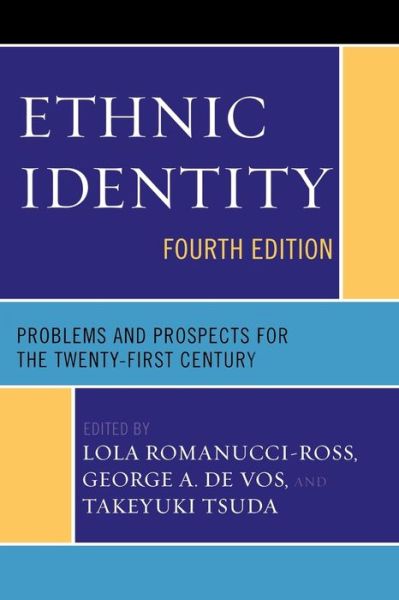He Checked That Box, But How Black is Obama?Posted in Articles, Barack Obama, Census/Demographics, Media Archive, Politics/Public Policy, United States on 2013-07-15 02:21Z by Steven |
He Checked That Box, But How Black is Obama?
Politic365: From Your Point of View
2013-07-12
William Reed, Head
The Business Exchange Network
“If you had a choice of color, which one would you choose, my brother?”
– Curtis Mayfield, 1969
In the official U.S. 2010 head count, President Barack Obama provided one answer to the question about his ethnic background: African American. Since the option was introduced in 2000, the census figures indicate that the country has 5.2 million multiracial individuals. Americans who check more than one box for race now make up 5 percent of the minority population. It’s of note that Obama didn’t check multiple boxes that were available on the form, or choose the option that allowed him to elaborate on his racial heritage. He simply ticked the box that said “Black, African American, or Negro.”
Though he checked the census “Black” box, is Obama “Black” like you and me? To date, he has paid no attention to Blacks and their economic challenges. African-American voters are rooted in the belief that Obama’s platform and persona represent “real Black Americans.” They both may have run the streets of Chicago; however, it’s doubtful Obama knows about the late Curtis Mayfield and what he represented. An American singer, songwriter and record producer best known for his anthem-like music, Mayfield recorded and produced “message music” during the 1960s and 1970s. “Choice of Colors” hit No. 1 on Billboard‘s R&B chart and reached No. 21 on the Billboard Hot 100. Neither did Obama grow up under the influence of a weekly Jet and or Ebony magazine adorning the family living room coffee table. As opaque as Obama is to Blacks, a fellow Chicago businessman, the late John H. Johnson, made his fortune catering to us.
Obama has yet to show up in the East Room in a dashiki, but his being “Black” and being “there” has spawned “Obamania” among African Americans. Black voters love the fact that Obama checked the “Black” box, even though his mother was a white woman from Kansas. His father was a Black Kenyan. Obama’s biracial identity helped him build a sizable middle-class American following; it’s also opened up questions as to his authenticity as a Black man. “Obama and the Biracial Factor,” edited by Andrew J. Jolivette, is a book that explores the role of Obama’s mixed-race identity in his path to the presidency. It offers a broad and penetrating view of the importance of race in the ongoing development of American politics. It demonstrates how mixed-race identity reinforces rather than challenges white supremacy within popular discourse…
Read the entire article here.
